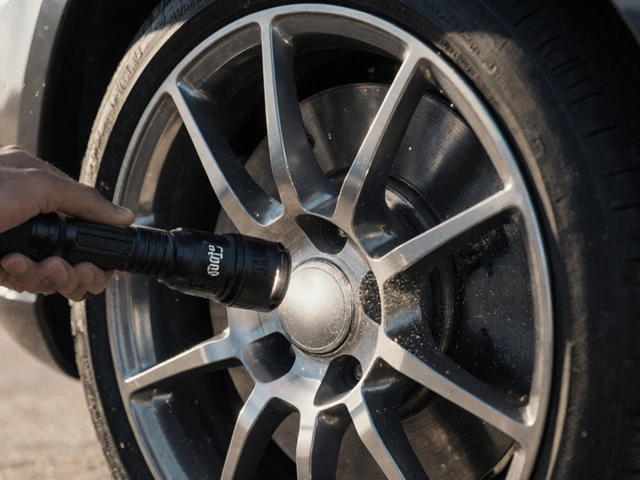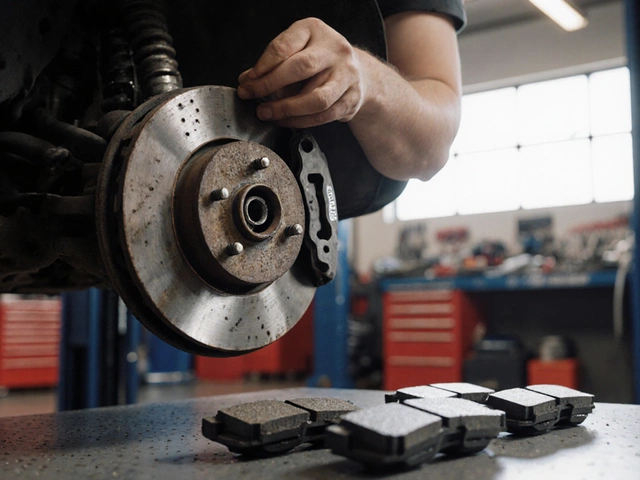
Bad Radiator: Signs, Risks, and What to Do Next
When your bad radiator, a critical part of your car’s engine cooling system that removes excess heat. Also known as a cooling radiator, it’s not just a metal box under the hood—it’s the lifeline between your engine running smoothly and turning into a melted mess. Most people ignore it until smoke starts coming out. But a failing radiator doesn’t scream—it whispers. A slow leak, a strange smell, or an engine that runs hotter than usual? Those aren’t just annoyances. They’re warnings.
A cooling system, the network of hoses, thermostat, water pump, and radiator that keeps your engine at the right temperature doesn’t work unless every part holds up. A cracked radiator, clogged fins, or old coolant can cause your engine to overheat in minutes, especially in Indian traffic where idling is normal. You might think a little steam isn’t a big deal, but repeated overheating warps the cylinder head, blows the head gasket, or even seizes the engine. Replacing that gasket? That’s ₹30,000+. Replacing the radiator? ₹8,000–₹15,000. The math is simple: fix it early or pay later.
And it’s not just about the radiator itself. A radiator replacement, the process of removing a damaged radiator and installing a new one, often requiring coolant flush and system checks isn’t just about swapping parts. You need to check the thermostat, inspect hoses for cracks, and flush out sludge that’s been building up for years. Skipping these steps means your new radiator dies fast. Many mechanics skip the flush because it takes time. Don’t let them. Ask for proof of the flush. Look for clean, bright coolant—not brown sludge.
Electric cars still need cooling. Even though they don’t have combustion engines, their batteries and power electronics run hot. Modern EVs use smaller, smarter radiators—or sometimes liquid-cooled plates. But the principle stays the same: if heat isn’t pulled away, things fail. So whether you drive a Maruti Swift or a Tesla, a bad radiator is still a silent killer.
You’ll find posts here that explain how to spot a radiator leak by the puddles under your car, how coolant turns to rust over time, and why topping off with water instead of proper fluid is a bad idea. You’ll also see real examples of what happens when people ignore the warning signs—like the Hyundai i10 that overheated on the Delhi-NCR highway, or the Tata Nexon that lost power because the radiator cap failed. These aren’t rare cases. They’re everyday problems.
There’s no magic fix. No spray that seals leaks forever. No miracle additive that replaces a cracked tank. If your radiator is failing, it needs to be replaced. But knowing the signs, understanding the system, and acting fast can save you thousands—and maybe your car.
-
29 Apr






